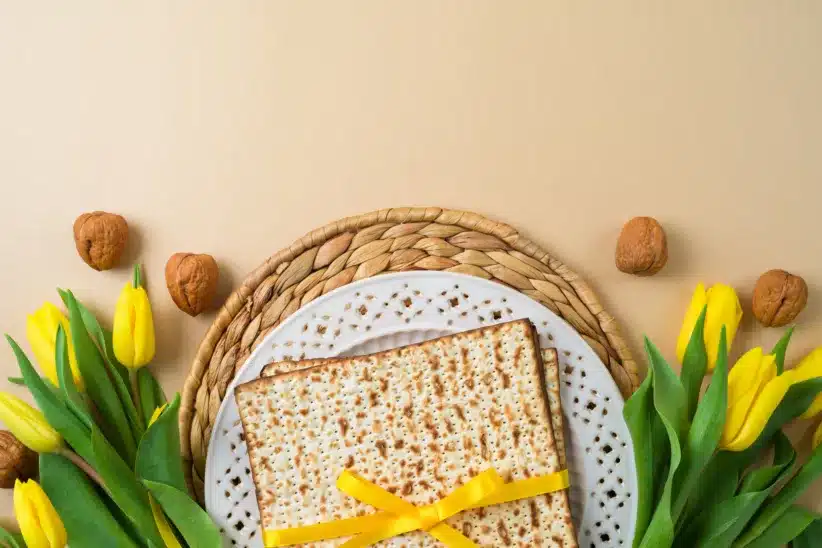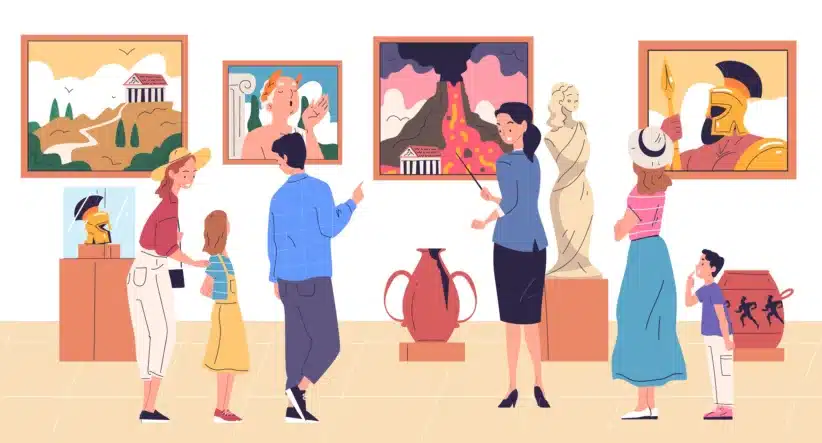Are you a parent or teacher and would like to teach your children or students about helping the environment by reusing resources?
If your answer is “yes,” then there is no better place to take them in New York City than to Materials for the Arts, the Department of Cultural Affairs’ reuse center based in Long Island City, Queens.
Materials for the Arts practices the art of creative reuse, which is so much more than recycling. The organization receives excess supplies and passes them on to those who want to find a new way to use it. If you’re an artist or a teacher, the main recipients of Materials for the Arts’ donated materials, creative reuse concerns seeing possibilities in what others throw away.
“We collect donations of unneeded supplies from businesses and individuals and distribute them for free to thousands of non-profit arts organizations and public schools, helping the city divert more than 1 million pounds of materials from the landfill every year,” says Rachel Kuo, Communications Coordinator at Materials for the Arts. Some of the companies that donated unused supplies to Materials for the Arts include Google, Marc Jacobs, and Macy’s.
The organization has a 35,000-square-foot facility in Long Island City with a warehouse, two classrooms, and an art gallery. Its operations occupy an entire floor of a building, but its beginnings 36 years ago were more humble.
Antonio Pontón-Núnez, director of development, recounts the early days, which started in 1978.
“An artist named Angela Fremont was working at the Central Park Zoo. Basically, she needed to get a refrigerator for the animals, but the zoo didn’t have the funding. She put out a public radio announcement for a refrigerator and the phones started ringing off the hook,” he says.
“That’s when she realized we have people who have stuff and people who need stuff, so that is where the idea of reuse started,” Pontón-Núnez continues. “With a pen and a phone, she literally became a broker between artists and donors.”
The City’s Department of Cultural Affairs immediately saw the value in this operation and made it part of its programs. Materials for the Arts is also now supported by the Departments of Sanitation and Education.
Beginning in 1998, teachers were able to access Materials for the Arts to receive free supplies. Harriet Taub, the executive director, started as the first director of education, a role in which she literally went into the city streets and put out a table to show people how to reuse materials.
“Harriet realized that when teachers came to Materials for the Arts, they saw a diverse amount of materials and had no idea what to do with them,” Pontón-Núnez said. “The teachers were asking, ‘Where are the watercolors?’ ‘Where are the canvases?’ ‘Where are the crayons?’ As you can see, that’s not what we have.”
The education program at Materials for the Arts has expanded enormously since its inception. John Kaiser, the current director of education, however, still believes in the same mission.
“We are, first and foremost, part of the Department of Cultural Affairs, so we’re really promoting art and art-making,” Kaiser explained. “Our goal is to give away free supplies, so the goal of any of our workshops and professional development classes — where we’re instructing teachers — is how to reuse these supplies.”
Throughout the year, the organization also offers professional development workshops for Department of Education teachers as well as P-Credit courses, in which they can earn credits from the Department of Education’s After School Professional Development Program. Teachers learn ways to make hands-on and project-based learning possible by reusing materials, and they develop lesson plans aligned with the new Common Core Standards.
During the month of July, Materials for the Arts will be offering four week-long courses to teachers for their professional development. From July 7 to 12, there is an introductory course to creative reuse called “Creative Infusion: Art & Reuse in the Classroom.” The second class, titled “Raw Fibers,” is about fiber art and examines the history, production, and uses of fiber, and runs from July 14 to 19. The following week, from July 21 to 26, is “Project-Based Learning: Reuse in ELA,” and the last week, July 28 to Aug. 2, is “Paper: Pulp to Fiction.”
Besides professional development workshops for teachers, the organization offers public schools in grades kindergarten through 12th field trips to the facility, where students can tour the art gallery and warehouse. The students are then guided by Materials for the Arts teaching artists into classrooms to engage in art projects reusing materials from the warehouse.
Materials for the Arts also provides “Family Engagement Nights” for schools, which are usually arranged through the Parent Coordinator or Parent-Teacher Association. The event involves the teaching artists coming into a school for an evening workshop where students and their families learn about creative reuse by making art projects with donated materials.
Materials for the Arts also offers in-school residencies, in which its teaching artists are embedded in the classrooms of public schools throughout the city. Residencies model hands-on techniques for teachers that help improve classroom instruction through the arts as called for by the new Common Core Standards. Teachers learn to integrate project-based learning into the classroom and students get to create amazing mosaics, sculptures, costumes, and more that help them in their studies of social studies, science, and English language arts.
The education department also has community-based learning depending on the requested situation. They do their workshops all around the city to try to promote what they have to offer as a resource for teachers, artists, community centers, and teaching artist organizations across the city. As Kaiser sums it up, “We want to teach the citizens of New York that creative reuse means that they always have art supplies available to them as long as they’re willing to be resourceful with those materials.”
Visit Materials for the Arts at materialsforthearts.org. To donate, e-mail the Donations Team at [email protected]. If you’re a teacher, e-mail [email protected] to find out if your school has an active account to receive free materials. For arts organizations and city agencies, call (718) 729–3001 to find out if your organization is eligible for a recipient membership.
Allison Plitt is a freelance writer who lives in Queens with her husband and young daughter. She is a frequent contributor to New York Parenting.






















